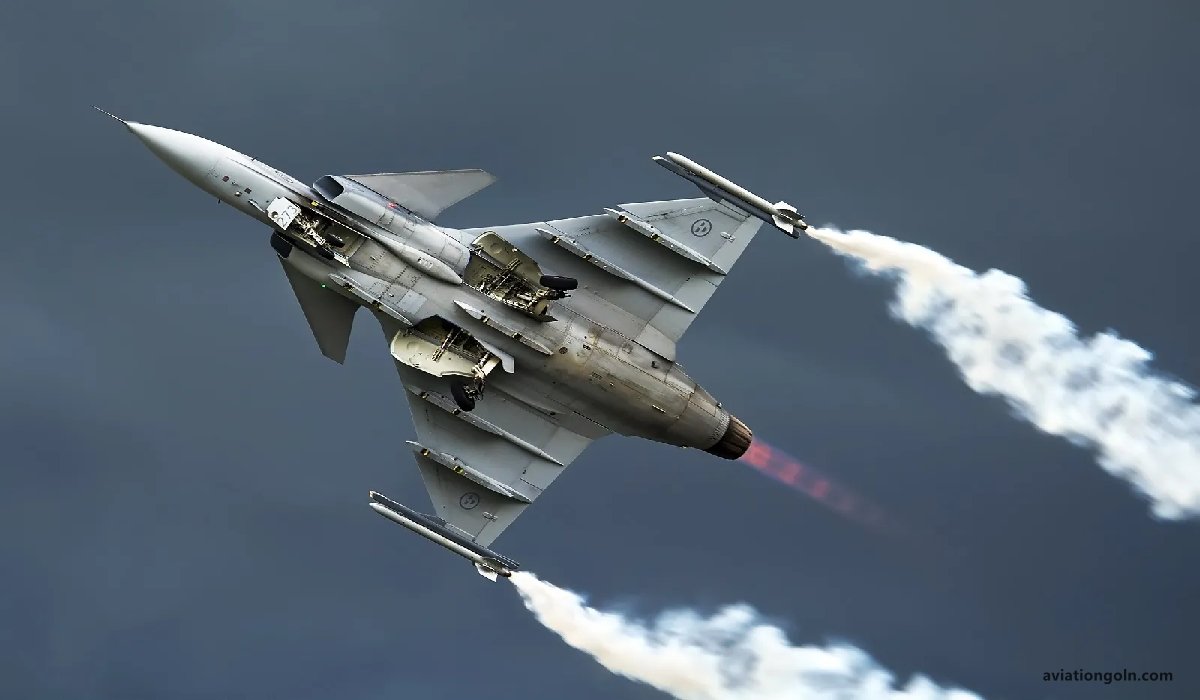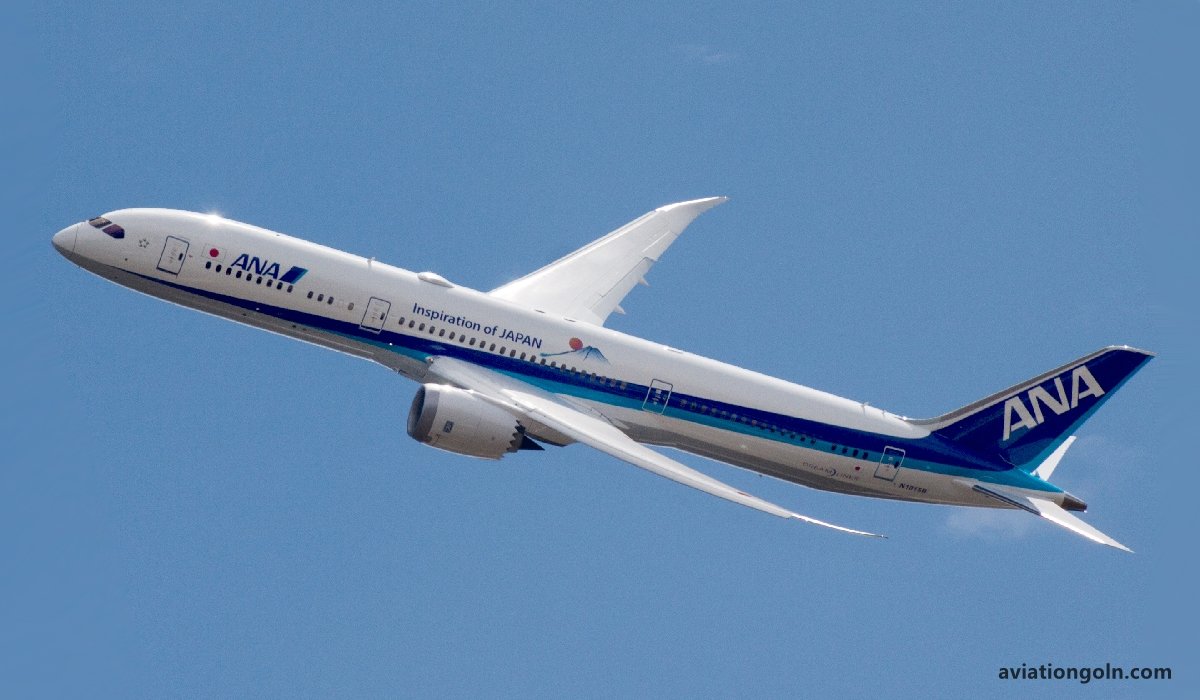Aerodynamics is a branch of fluid dynamics concerned with the study of the motion of air and how it interacts with solid bodies moving through it. The fundamental principles of aerodynamics have a significant influence on the design of various objects and structures, from the smallest drone to the largest passenger airliner. This article aims to delve into the basics of aerodynamics, discussing its principles and implications.
The Principles of Aerodynamics
1. Introduction to Aerodynamics
From birds soaring in the sky to aircraft cruising at high altitudes, the principles of aerodynamics play a crucial role in their movement. These principles explain why an airplane can lift off the ground, why a golf ball has dimples, or even how a car is designed for fuel efficiency. At its core, aerodynamics studies how objects move through the air.

2. Basic Concepts and Terms
Before diving into the principles, it’s essential to familiarize ourselves with some basic terms:
- Fluid: A substance that can flow, like liquid or gas. In aerodynamics, air is the primary fluid of interest.
- Airfoil: A shape designed to produce specific reactions from the air through which it moves. Airplane wings are a classic example of airfoils.
- Drag: The force that opposes an object’s movement through a fluid.
- Lift: The force that acts perpendicular to the oncoming flow direction, raising the object.
- Thrust: The forward force propelling an object, usually provided by engines or propellers.
- Bernoulli’s Principle: A fundamental concept stating that an increase in a fluid’s speed leads to a decrease in its pressure.

3. The Four Fundamental Forces of Flight
Any object in flight, like an airplane, experiences four primary forces:

- Lift: This force enables the airplane to rise off the ground. Lift is a result of the pressure difference between the top and bottom surfaces of a wing. When air flows over an airplane wing (airfoil), it moves faster over the curved upper surface than the flat bottom surface. According to Bernoulli’s Principle, the faster-moving air exerts less pressure than the slower-moving air. This pressure difference generates lift.
- Weight (or Gravity): This is the force exerted by the Earth, pulling the aircraft downward. For an airplane to ascend, the lift must exceed the weight. Conversely, to descend, the lift should be less than the weight.
- Thrust: Produced by engines, thrust is the forward force that propels an aircraft through the air. Jet engines or propellers typically provide thrust in airplanes.
- Drag: Opposing the thrust is drag, which resists the airplane’s forward motion. There are two main types of drag – parasitic and induced. Parasitic drag includes form drag (due to the shape of the object) and skin friction (caused by air friction on the surface of the aircraft). Induced drag arises because of the generation of lift and is influenced by factors such as wing shape and speed.
For steady flight, lift equals weight, and thrust equals drag. Any imbalance will result in acceleration, deceleration, ascent, or descent.

4. Flow Patterns and Boundary Layers
Air, when moving over a surface, exhibits patterns based on its interaction with that surface. Close to the surface, the air’s speed reduces due to the viscous nature of fluids. This region, where the flow velocity changes from zero (at the solid surface) to the free stream velocity, is called the boundary layer.
There are two types of flow within the boundary layer:
- Laminar Flow: Here, the fluid particles move in parallel layers, sliding smoothly past one another. This type of flow is generally observed in the initial phase of the boundary layer.
- Turbulent Flow: At some point, due to various factors, the flow becomes chaotic and mixes violently. This is called turbulent flow, which creates more drag than laminar flow.

5. The Principle of Continuity
The continuity principle, derived from the conservation of mass, states that the mass flow rate of air remains constant in a steady flow. This means that if the cross-sectional area of a tube narrows, the velocity of the flow must increase, ensuring the mass flow rate remains unchanged.

6. The Importance of Angle of Attack
The angle between the oncoming air (relative wind) and the chord line of an airfoil is termed the angle of attack (AoA). It plays a significant role in determining the amount of lift produced by an airfoil. Up to a specific point, increasing the AoA increases the lift. However, after a critical angle, the lift starts to decrease, leading to a stall condition.

7. Subsonic, Transonic, Supersonic, and Hypersonic Flights
Based on speed, flight regimes are classified as:
- Subsonic: Speeds less than the speed of sound (Mach 1).
- Transonic: Speeds close to the speed of sound, typically between Mach 0.8 to 1.2.
- Supersonic: Speeds greater than Mach 1 but less than Mach 5.
- Hypersonic: Speeds greater than Mach 5.
Each regime has its own set of aerodynamic challenges and considerations.

8. Impact of Aerodynamics on Various Fields
While most associate aerodynamics with aviation, its principles have been applied in various fields:
- Automobiles: Car designs often incorporate aerodynamic principles to reduce drag, improve stability, and enhance fuel efficiency.
- Sports: Objects like golf balls and soccer balls are designed with aerodynamics in mind. Even sportswear, like cycling helmets or racing suits, are crafted to reduce drag.
- Architecture: Building designs, especially tall skyscrapers, take aerodynamics into account to ensure stability during strong winds.

The principles of aerodynamics have paved the way for incredible feats in engineering and have found applications in everyday life. With the ongoing research in areas like hypersonic flight and renewable energy (wind turbines), understanding aerodynamics remains as critical as ever. Whether it’s about improving the fuel efficiency of a car, designing the next generation of aircraft, or creating sportswear for athletes, aerodynamics will continue to shape the future of design and innovation.
Read more:
